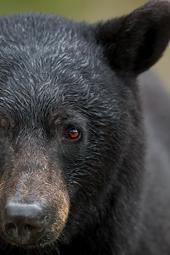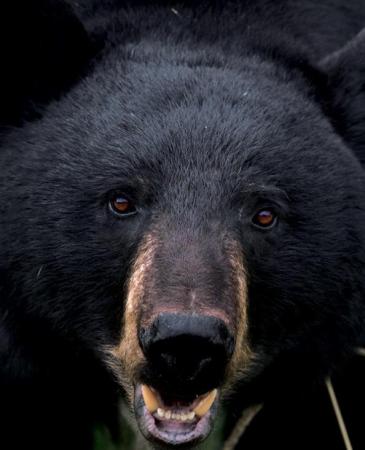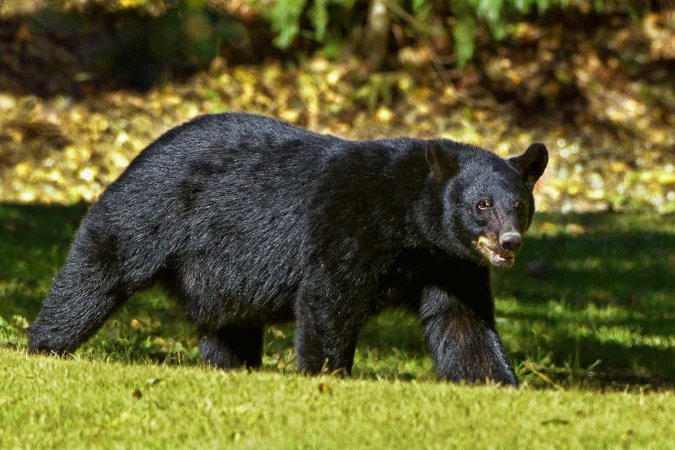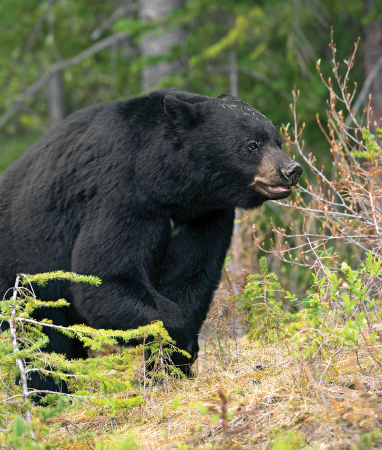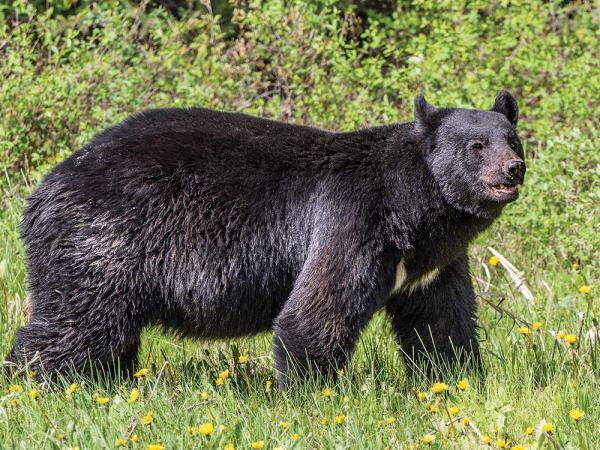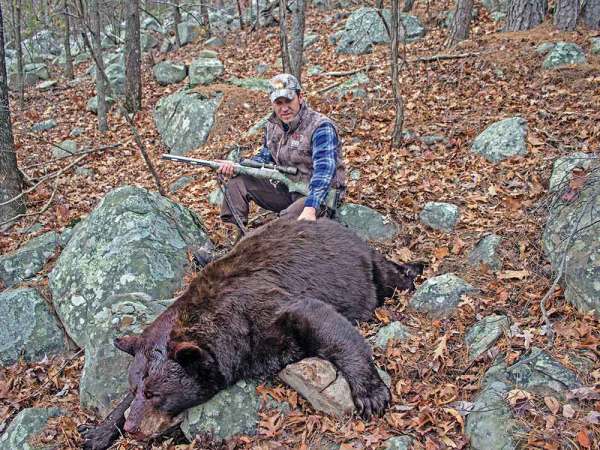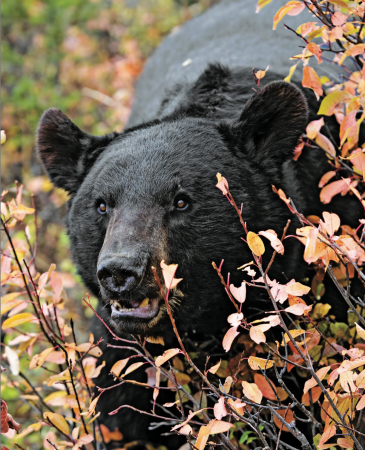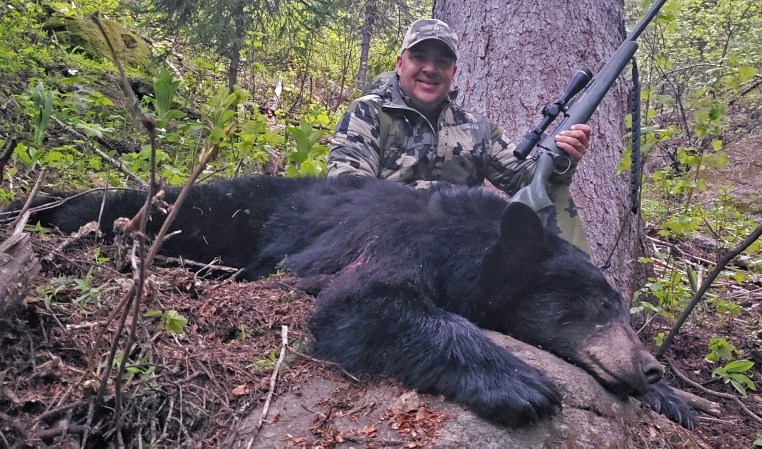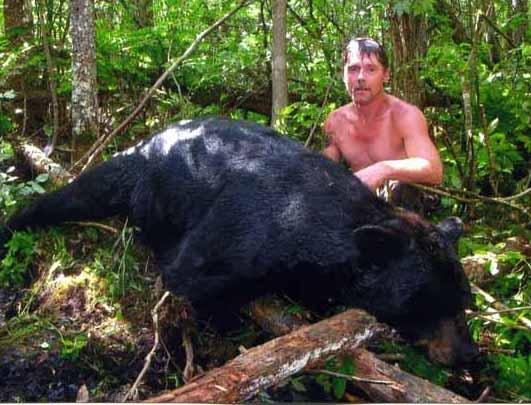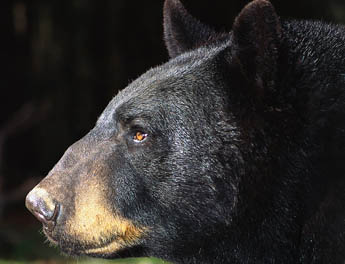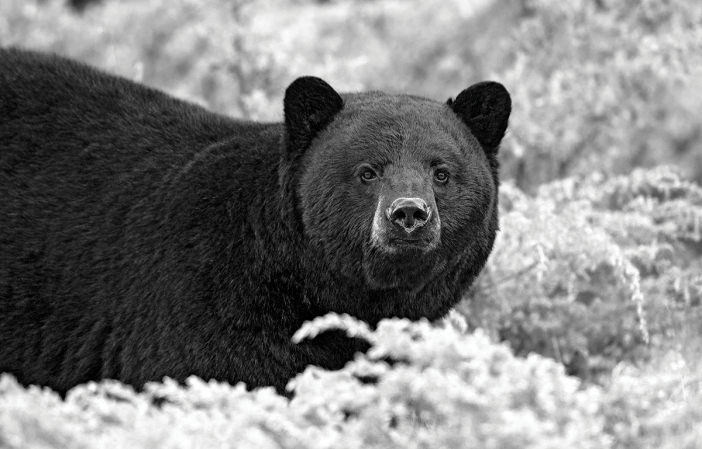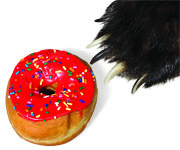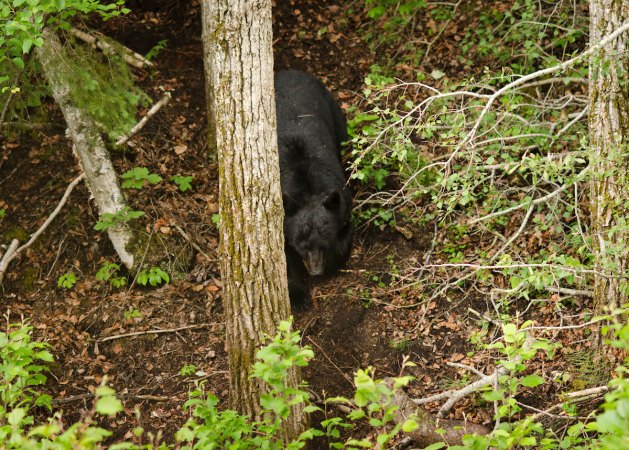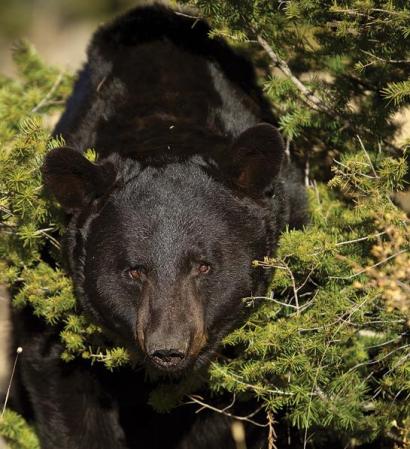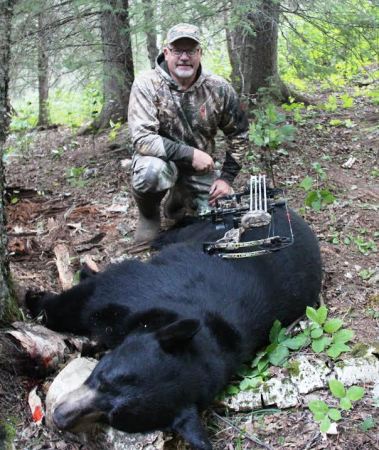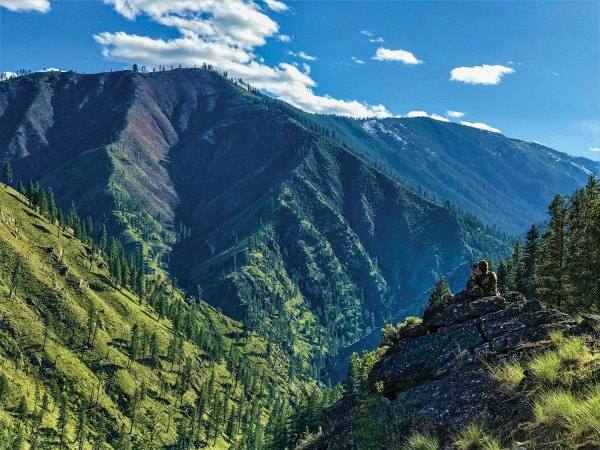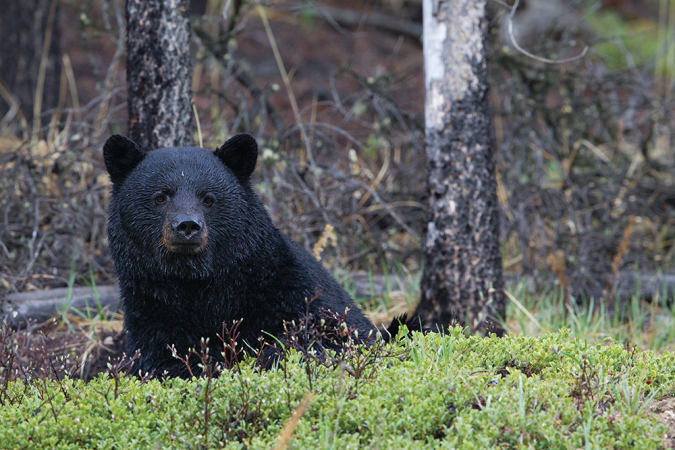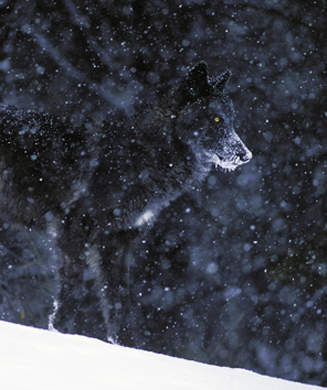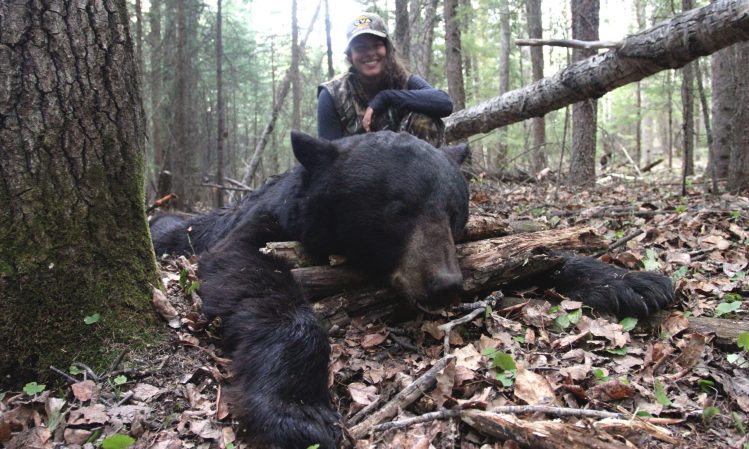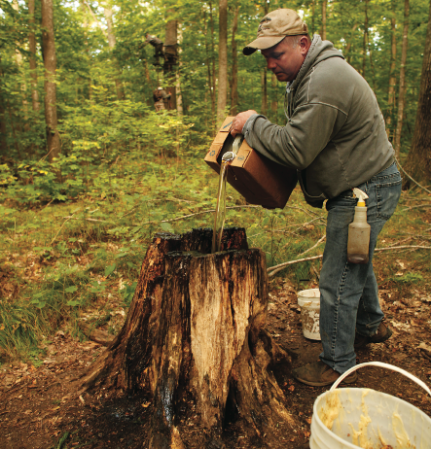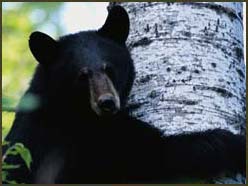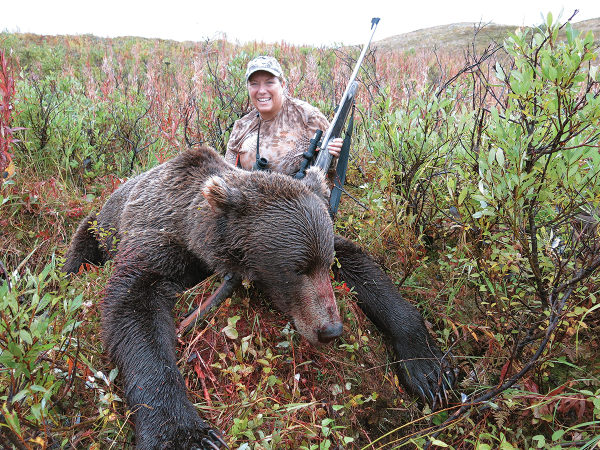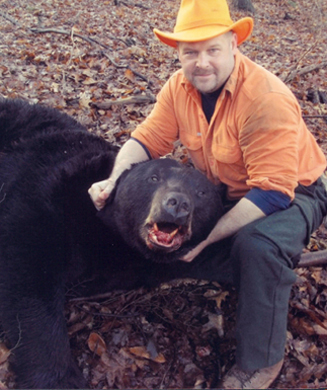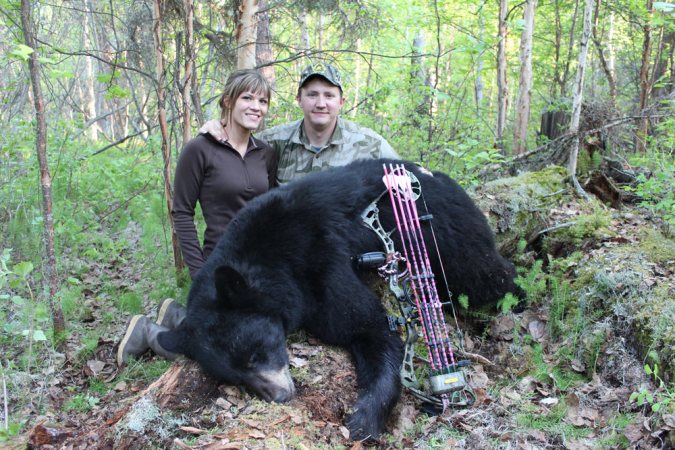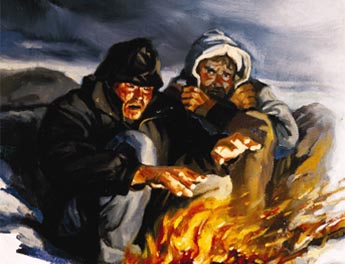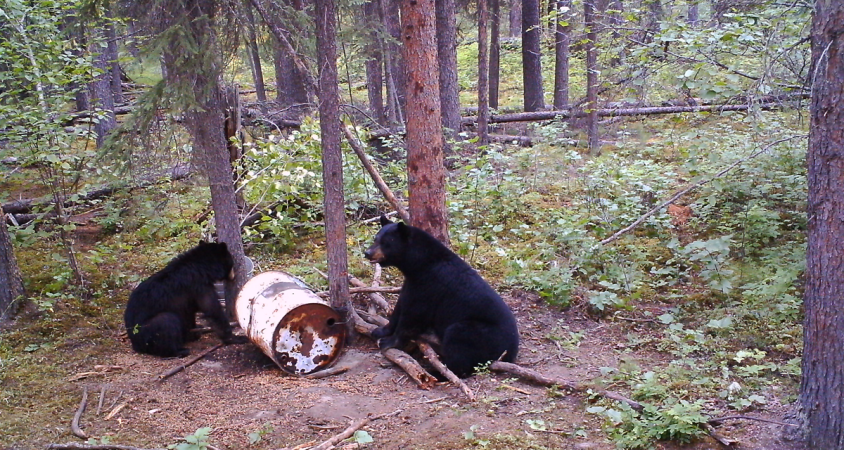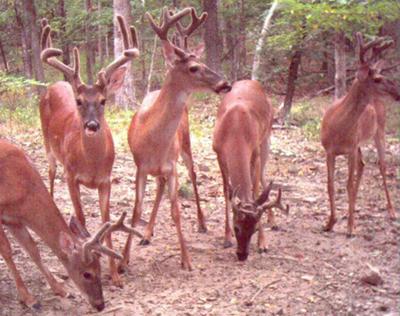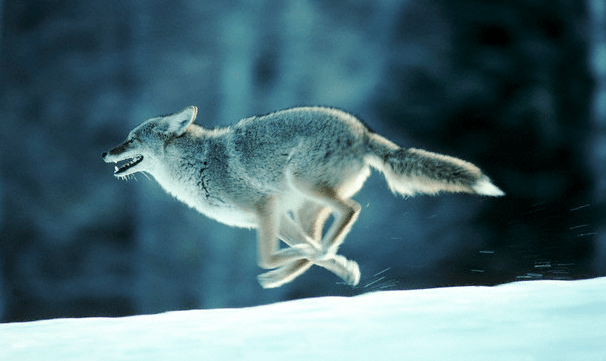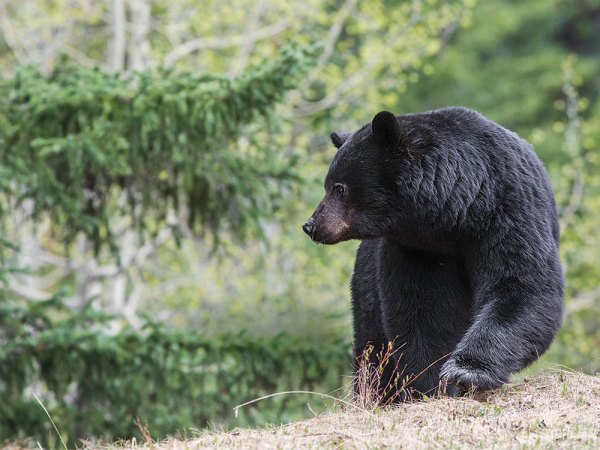Michael Bailey’s 450-acre farm isn’t anywhere near Virginia’s traditional bear range, but when a 250-pound bruin walked under his deer stand two bow seasons ago, Bailey wasn’t surprised. It was just one of a hundred or so he’s seen near his southern Virginia farm in the last decade.
A well-placed arrow put the bear on the ground, the first one killed on the family farm in recent history, thanks in part to the state’s newly expanded bear season. One week later, Bailey’s son killed a 539-pounder during the state’s two-week muzzleloader season. Last year his daughter tagged a bear with her muzzleloader.
Virginia isn’t the only state experiencing a growth in bear population. Their numbers are increasing throughout much of the U.S., and hunting opportunities are following.
New York is considering opening hunting in the southeastern corner of the state, where it’s been off-limits for decades. Colorado wants to reopen its spring season, closed by a ballot measure in 1993. Calls for a limited season in Florida are growing, and the bear population in Oregon has continued to spike since baiting and hounds were banned in 1994. Other states are practically giving away bear licenses; nonresident tags in parts of Idaho cost $31.75.
Tag Your Own
Black bear success rates are highest for hunters who follow a pack of dogs or guard a bait station, particularly in the East and upper Midwest, where thick cover reduces visibility. Baiting and hounding in Maine, for instance, account for about 80 percent of the total harvest. Few hunters have the resources to own and manage a pack of bear dogs, but baiting can be done by just about anyone with access to quality bear country. Maine outfitter Doug Teel (northridgeoutfitters.com) says there is an art to baiting properly.
“You can’t put out bait in a brand-new spot and expect to see a bear within a few days. It can take a while for a bear to find it. My best spots have been baited for years and years,” he explains. “A new generation of bears starts using it every season.”
Teel says that the most important factor is consistency. Bait piles need to be refreshed at least every other day, otherwise a bear might lock on to another bait station and ignore yours. Teel starts as soon as baiting is legal, although bears will visit bait sites throughout the year because the scent still lingers from the previous season. He uses a variety of baits but relies on foods high in calories, like a granola mix, as well as attractants like licorice. “Bears love Twizzlers,” says Teel.
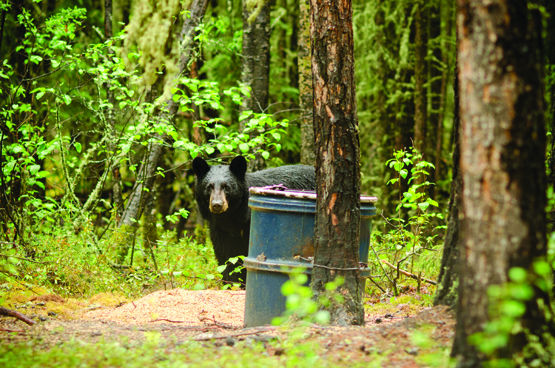
Baiting is the most popular black-bear hunting method, but where it’s illegal, calling bears can be effective in both spring and fall.
Get Vocal
If baiting isn’t legal in your area, consider calling, a technique that’s growing in popularity, particularly in the West. Montana outfitter Mark Shutey (stocktonoutfitters.com) relies on calls for much of his bear hunting in both spring and fall.
“It really helps if I know a bear is within hearing range. I’ve called them in from a mile away, but it works better if they’re within 500 yards or so,” he says. “We do have success in the fall, but we’re generally blind-calling, hoping a bear is within hearing range.”
He likes an elk-in-distress call, but he’s pulled in bears with a cottontail-in-distress call, a fawn bleat and even standard cow elk calls. What matters most is volume and intensity. “I get on it. I mean, I’m blowing on that call hard for 30 or 40 minutes,” says Shutey.
Though he only sees a bear about once every 10 calling sessions, Shutey says something always happens if he starts wailing. He’s called in everything from a herd of elk to a pack of wolves.
Click here for four black bear hotspots.
